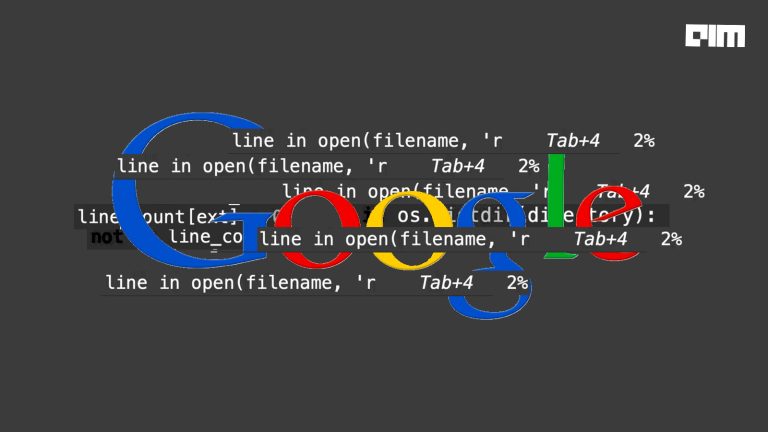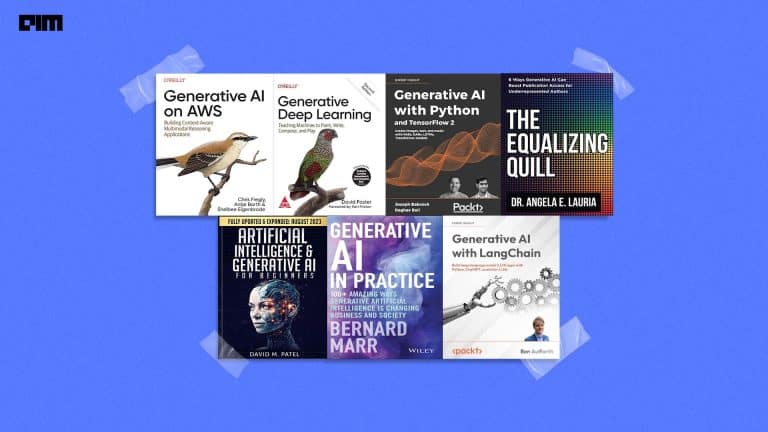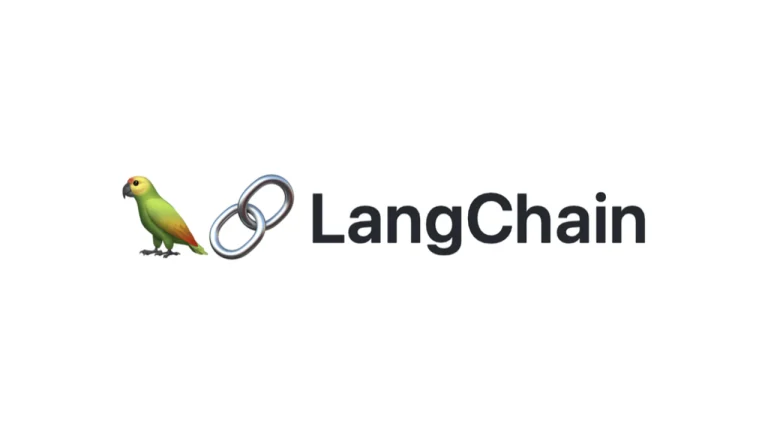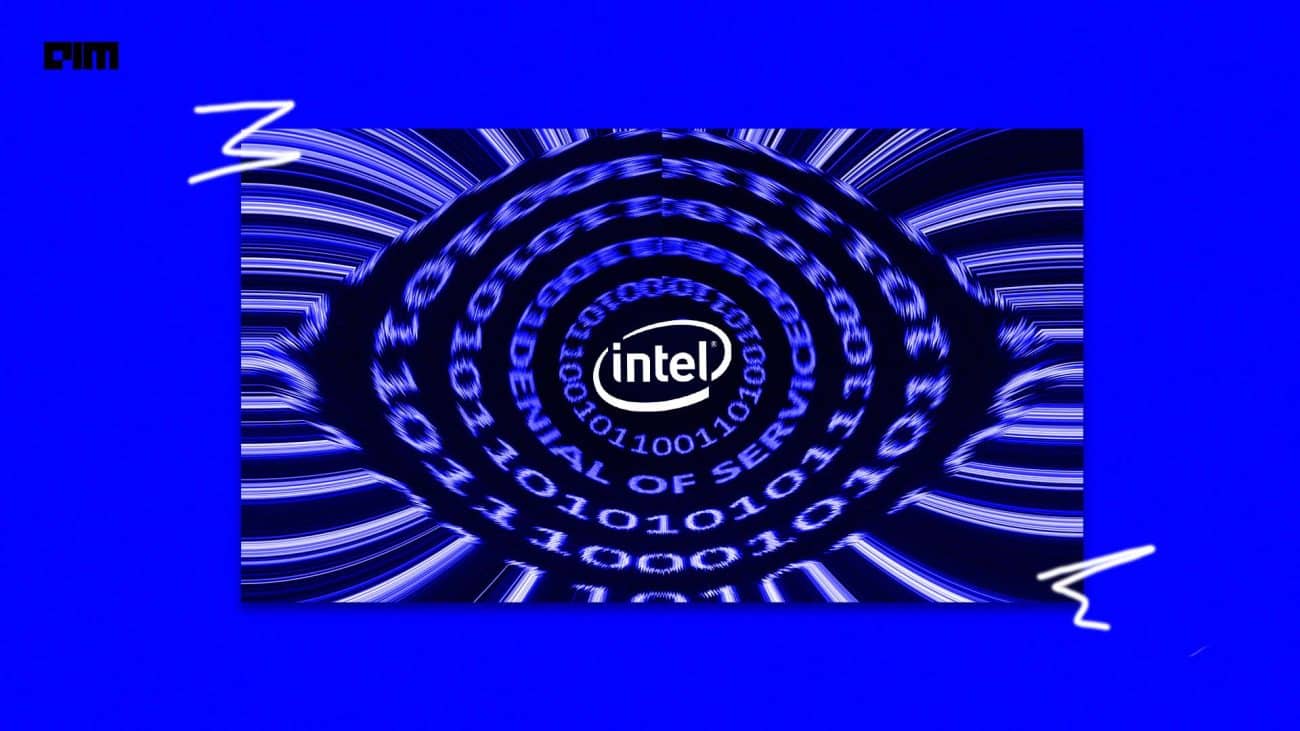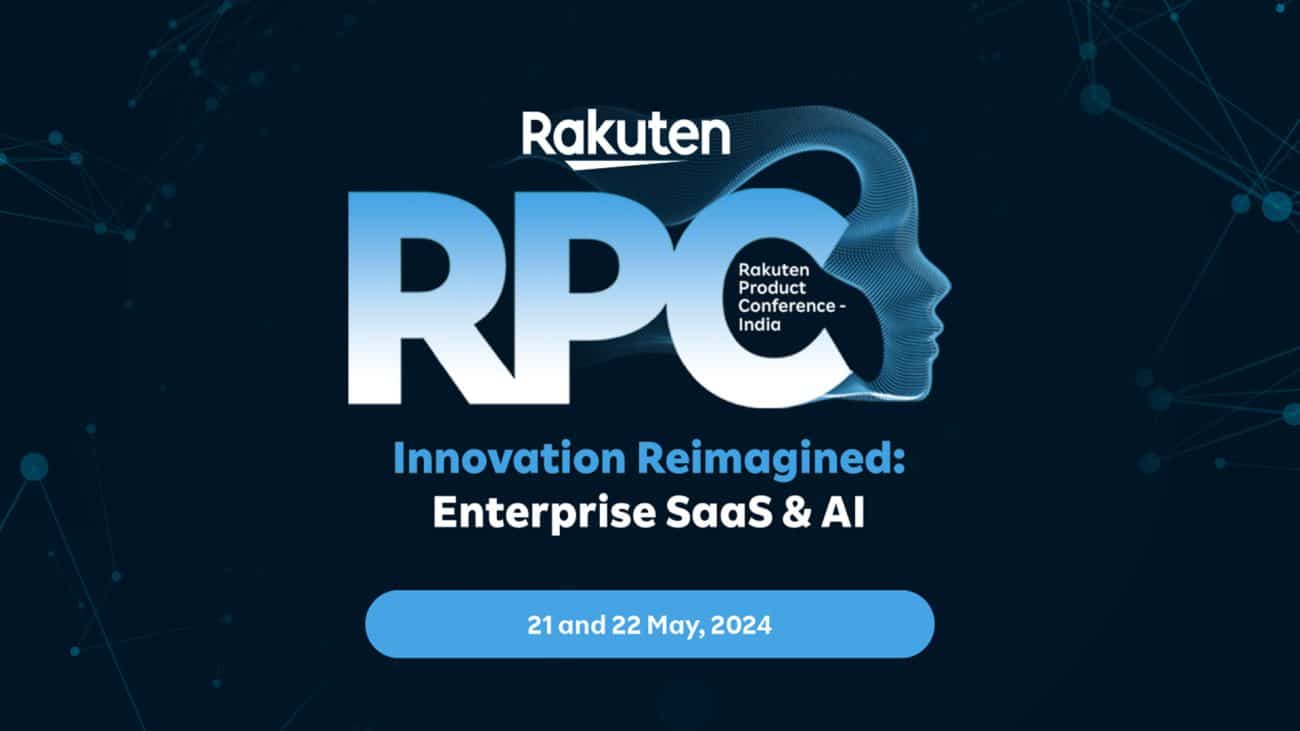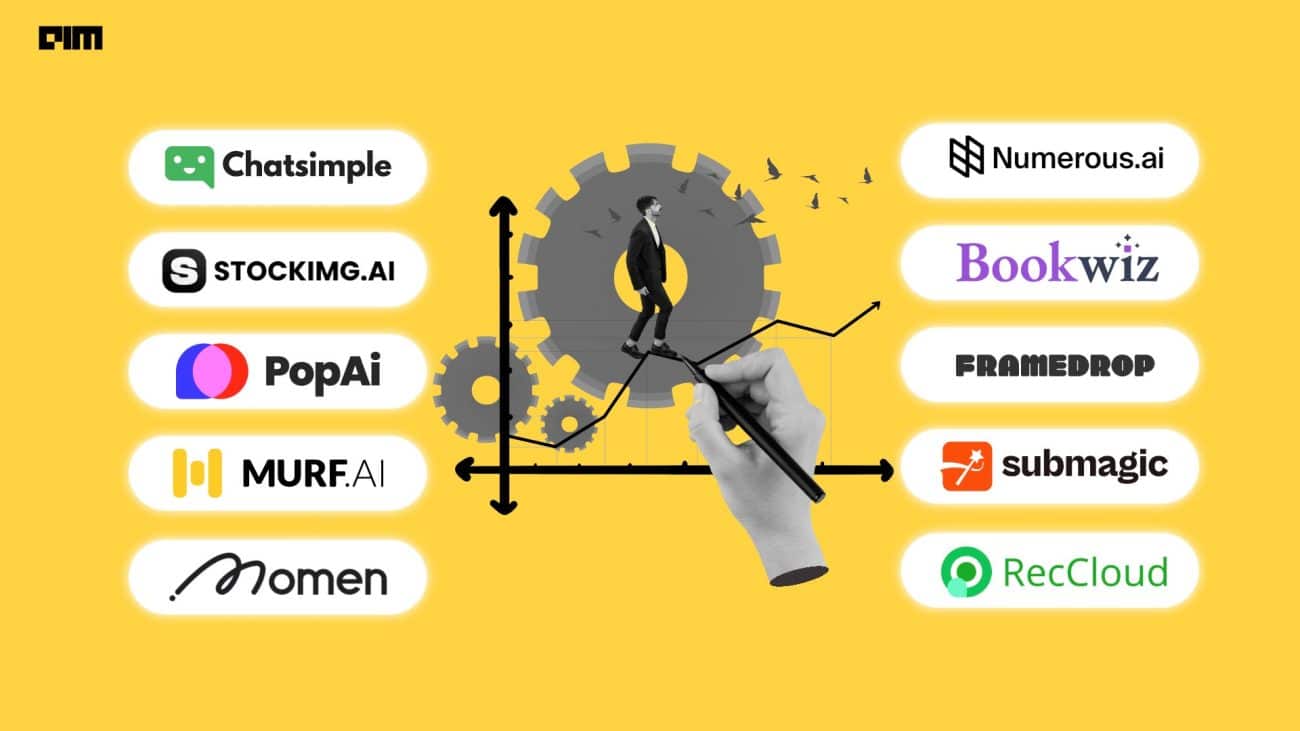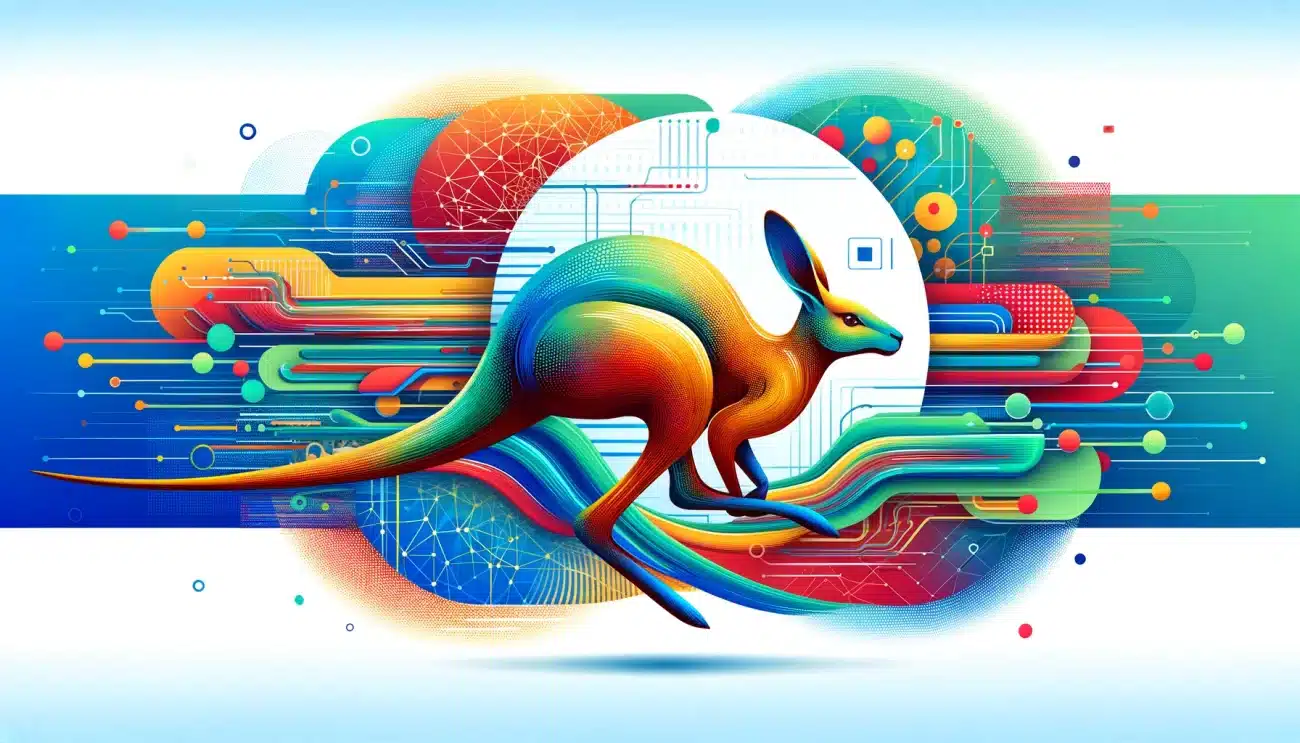 As the buzz around data science grows every day, there is a slew of self-taught professionals who have kick-started the machine learning journey with Andrew Ng’s online courses. Many enthusiasts are gravitating towards the computer science field. But if one wants to pursue a career in Machine Learning, they need to be familiar with statistics and linear algebra. With computer science and ML applications becoming more pervasive in everyday life, people from a non-technical background are also interested in joining the field. In this article, we have discussed in-depth roles a person from non-tech background can explore in the data science/AI field.
As the buzz around data science grows every day, there is a slew of self-taught professionals who have kick-started the machine learning journey with Andrew Ng’s online courses. Many enthusiasts are gravitating towards the computer science field. But if one wants to pursue a career in Machine Learning, they need to be familiar with statistics and linear algebra. With computer science and ML applications becoming more pervasive in everyday life, people from a non-technical background are also interested in joining the field. In this article, we have discussed in-depth roles a person from non-tech background can explore in the data science/AI field.
Some of the most popular ML applications from our everyday life are virtual personal assistants such as Google Now, Alexa, Cortana and Siri, among others. From product recommendations feature on e-commerce sites to online fraud detection and Google Translate, ML is powering most of our everyday applications.
How Does One Explain Machine Learning In Layman’s Terms?
ML is where computers learn without being explicitly programmed. For example, an algorithm which is trained on a set of images of cats will recognise cats; the algorithms are tweaked with different datasets which will result in a different output.
There are two main techniques in ML — supervised learning and unsupervised learning. According to Dataaspirant, supervised learning is a data mining task of inferring a function from labelled training data. The training data consists of a set of training examples. In supervised learning, each example has an input object (a vector) and the desired output value (the supervisory signal). A supervised learning algorithm analyses the training data and produces an inferred function, which can be used for mapping new examples.
In unsupervised learning, ML researchers try to find patterns in unlabeled data. Some of the most commonly used unsupervised learning algorithms are K-means clustering, hierarchical clustering and Hidden Markov models.
Pointers For People Who Want To Enter Machine Learning Field
- For those who are just starting out, the book, Grokking Algorithms: An Illustrated Guide for Programmers and Other is perfect. It is targeted at people from non-CS background and is a fully-illustrated guide on common algorithms and how to apply them. The book includes diagrams and fully annotated code samples in Python. You can access the book here.
- Another handbook which serves as a good primer for beginners is The Impostor’s Handbook — A Primer For Self-taught Programmers by Rob Conrey. It breaks down concepts like data structures, algorithms, complexity theory, lambda calculus, programming patterns and principles and essential Unix skills. You can access the book here.
- For data structures and algorithms, Robert Sedgewick’s Algorithms is highly recommended. Another book upvoted by users is Introduction to Algorithms by Thomas Cormen, which is also freely available.
- For those who have had no exposure to computer science, it is best to get familiar with calculus and linear algebra which form the basis of a lot of business problems. They should also brush up on probability and statistics, along with the Number Theory.
- Brush up on basics such as classification models, regression models, preprocessing data from MOOCs which provide courses on ML.
- Most self-taught programmers lack strong database skills and writing SQL queries forms a big part of the job. Understanding of database and knowing the difference between SQL and non-SQL database is crucial for a web developer.
- There are many MOOCs that offer a curated learning path for those who are interested in ML and CS.
- Another great source for brushing up your learning is Hackr.io which is the most resourceful site for tutorials.
- Other resources for learning are Kaggle forums and R bloggers which have a host of topics — like ‘how to build ML library with R’
Outlook
Whatever is your primary source of learning, ML is a buzzing field with major companies like Microsoft, Google, IBM and CTS stepping up hiring for this role. There are several success stories emerging from India where professionals built up their machine learning foundation and transitioned successfully to this field. In India, many ML openings do not require a higher degree and domestic analytics companies hire talent with relevant work experience in machine learning. On the other hand, startups expect a degree of self-learning ability and passion.
As India is heading towards Digital India, the IT industry will require 50 percent more workforce equipped with digital skills. Additionally, global tech companies such as Adobe and Nielsen are also setting up their Centres of Excellence in India to strengthen their in-house capabilities and tap into talent. Professionals from data engineering and ML space are in high demand and companies are grappling to fill these positions. Finding and attracting ML and data science talent has become a strategic imperative for every company.




